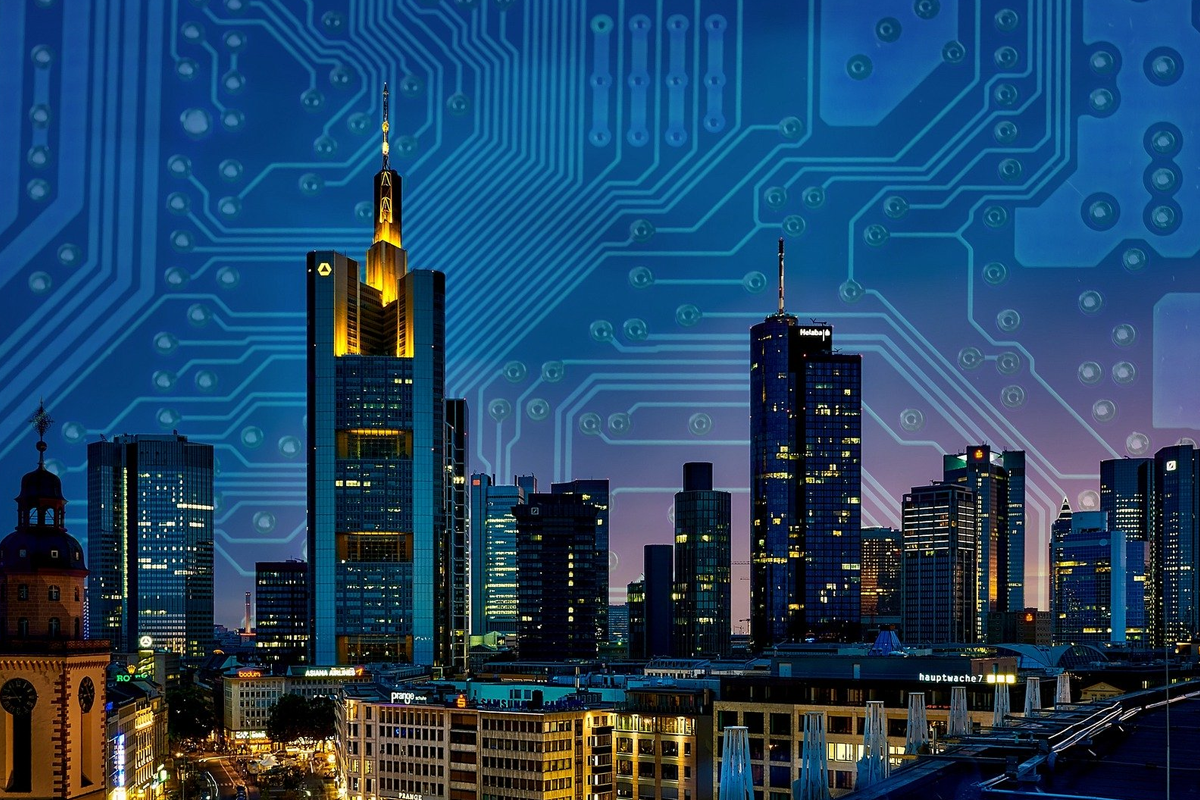Smart Cities: innovating infrastructure, improving quality of life
 Smart Cities are the vision of the new decade as cities all over the world innovate for the future. With 60 percent of the world’s population projected to be living in cities by 2050, the need for advanced infrastructure is critical.
Smart Cities are the vision of the new decade as cities all over the world innovate for the future. With 60 percent of the world’s population projected to be living in cities by 2050, the need for advanced infrastructure is critical.
The purpose of Smart Cities is to leverage technology to improve the quality of life, promote economic prosperity, and innovate for environmental sustainability. Cities are working towards these goals though creating smart infrastructure, integrating technology in education, and introducing 5G into cities. These developments involve collaboration between local government, private industries, non-profits, and school systems to develop a multimodal approach to a new technology focused environment.
Many American cities are introducing new technology driven smart infrastructure. Hundreds of scanners, smart sensors and data collectors are placed throughout the city to track and improve the use of infrastructure. These sensors will alert authorities and the public when a city sewer is leaking or when public transportation is running slowly. Smart infrastructure can save money and reduce carbon emissions by using less energy and providing greater reliability.
In February 2019, Syracuse, New York received a $500,000 grant to buy and replace all of the cities streetlights with energy efficient light-emitting diodes. These lights will save the city approximately $3 million per year and reduce green house emissions by 6,100 tons. Other smart infrastructure innovations include catch basin and water meter monitoring, as well as energy and transit automation. Smart Cities will continue to develop as technology is integrated into classrooms and other aspects of everyday life.
By investing in K-12 education, technology companies are helping lay the foundation of a technology native work force that will spread technology and innovation into every sector of the economy. Tech giants, Microsoft and Apple, are among those promoting the integration of technology in K-12 education though the Microsoft Showcase Schools and Apple Distinguished Schools programs. These programs promote technology as a tool for innovative teaching and enhanced learning. Immersing the younger generation in technology will facilitate a tech-minded culture and lead to a new generation of innovators.
However, today’s online network is cluttered with technology that is affecting its speed and performance. The introduction of a 5G network is expected to revolutionize the Internet. Smart Cities function on a web of sensors and technologies that send information back and forth, and 5G will provide reliable connectivity to cities and improve the speed and performance of smart infrastructure. It will allow for the development of smart buildings, logistics and supply chain management, and fleet management, as well as air and water quality monitoring to all occur simultaneously.
The transformation of Smart Cities is ongoing, and IEM is excited to contribute its innovations in the fields of emergency management and public safety, and to work with local governments and cities to create frameworks for the adoption of these new technologies. IEM is dedicated to the advancement of cities and improving public safety by building a safe, secure, and resilient world.




